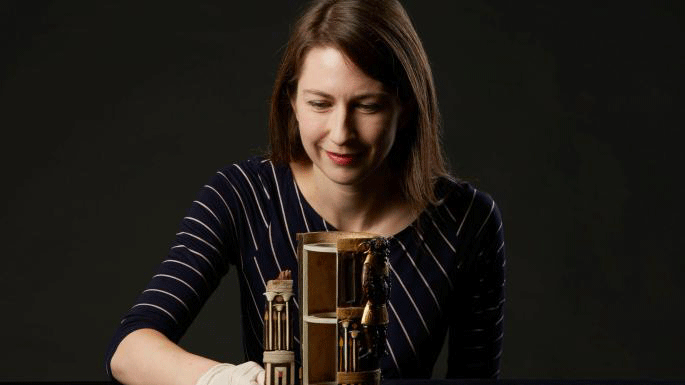Unfolding The History
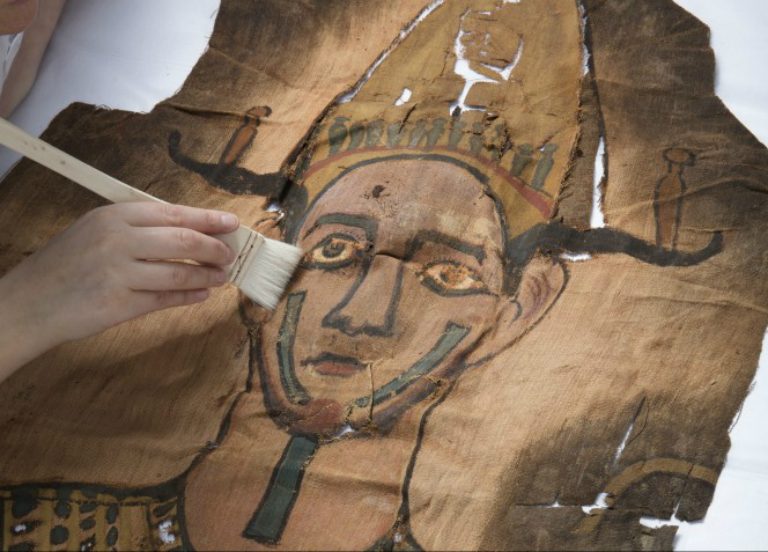
Later in an interview, Dr. Maitland described her experience of finding the shroud, “Each fold that we unfolded revealing another part of the shroud was just so exciting, to see his face emerge,”.“It was really exciting to be able to get it out,” she further added .“A lot of people don’t realize you can make discoveries in museum collections as well.”
The Answer
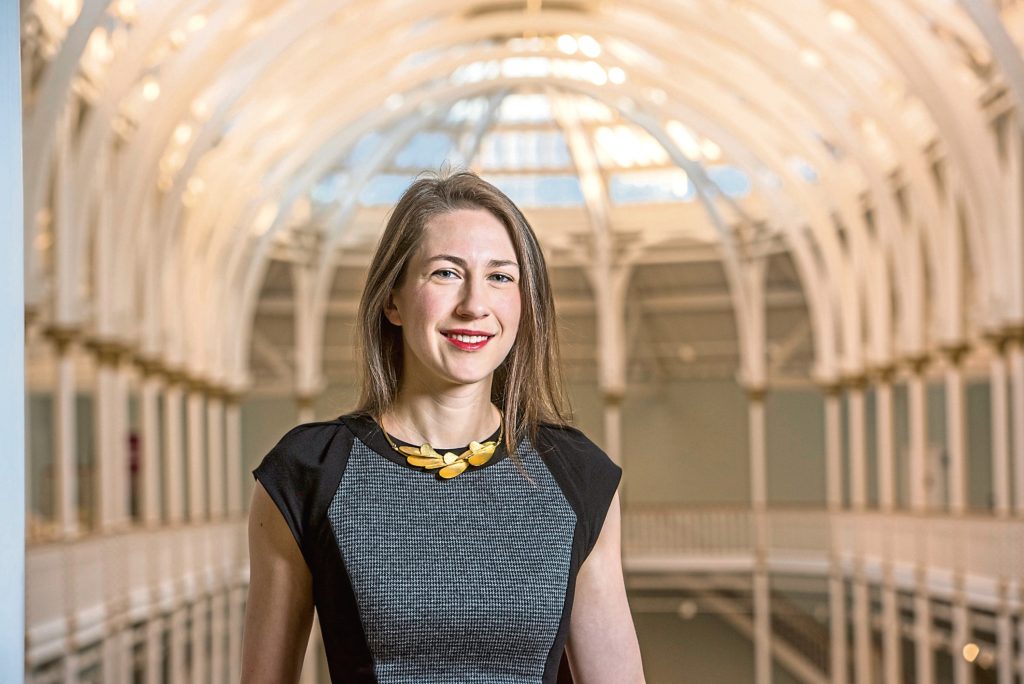
Margaret replied that she found the design to be quite unusual as it appeared to mark a transformation between Ptolemaic burial shawl, which was typically beaded and hence began the Roman-style shrouds. She explained.“While the motifs are traditionally Egyptian, the attempts at shading and modeling the face are evidence of the increasing influence of classical portraiture in the Roman era, perhaps perceived as helpful in bringing the deceased back to life,”.
Statements

She further described her discovery and said: “[This] shroud is a very rare object in superb condition,” she continued. “[It] is executed in a highly unusual artistic style, suggestive of Roman-period Egyptian art, yet still very distinctive.”She was in awe of the intricate design that was delicately sewed on the fabric and the material of the fabric was one of the wonders that made her think carefully about the era in which it would have been made.
The Fabric
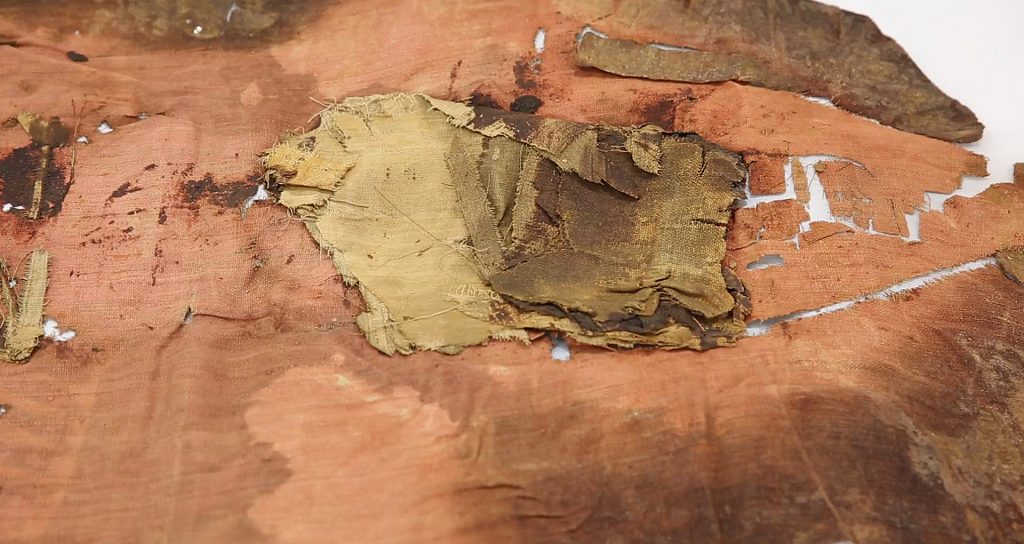
When they started to dig up the history of the shroud it came as no surprise that it was made during the Roman period as she could analyze and examine the design. With more discoveries that were happening, the more intriguing the case was turning into. This fascinated the team and they were sure that there was more than a story behind the making of the shroud. Would they be able to know the truth?
Investigating
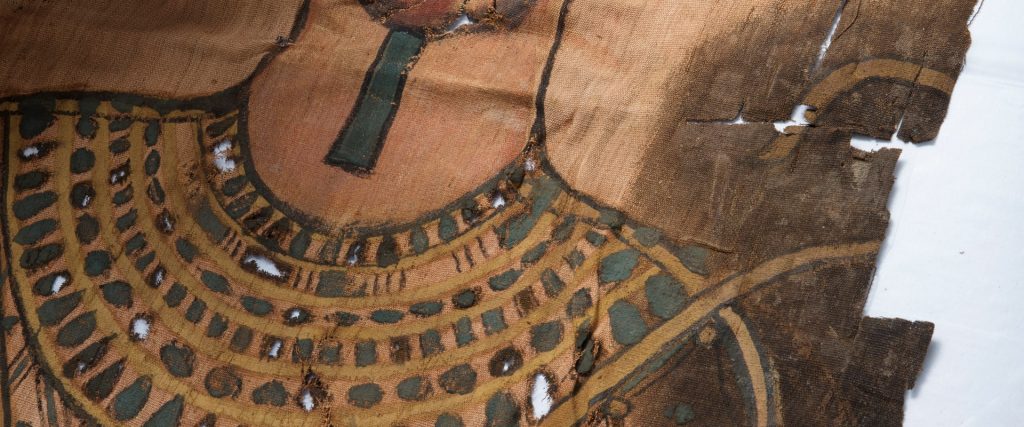
When they further investigated the fabric, they came to know it was made of linen which was still intact as it would have been when it was prepared in the first place. The most amazing thing was that it had been handpainted with an intricate artistic depiction of the Egyptian god which represented the deity of the afterlife and underworld Osiris. What an amazing creation!
Tasks
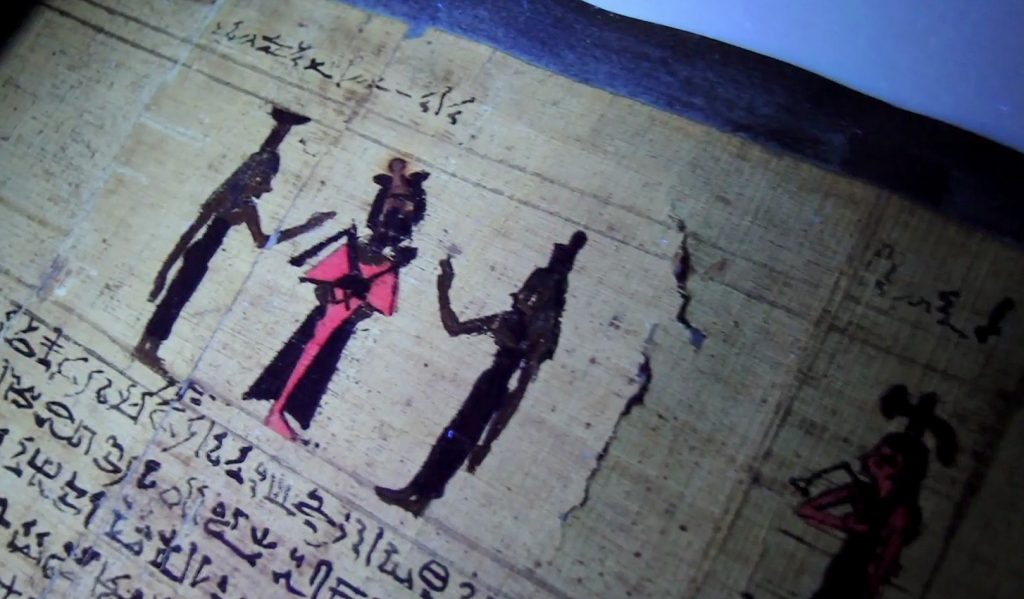
Their next task was to identify what was written on the fabric. So the team jotted down the words to decipher the hieroglyphs to know who did the shroud belong to. It was slightly difficult for them to identify the words as they were written in an ancient language and secondly the words had faded out with the passage of time. So they again consulted with the experts to discern the hieroglyphs.
